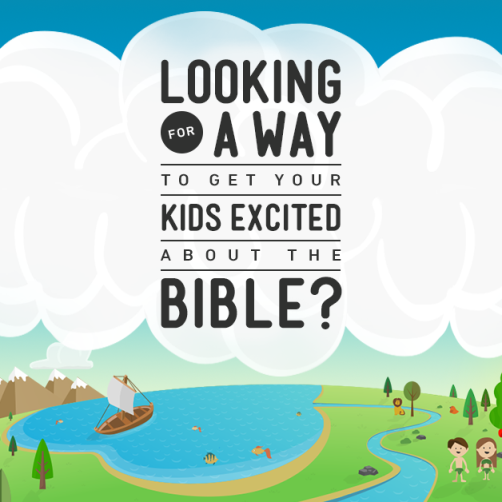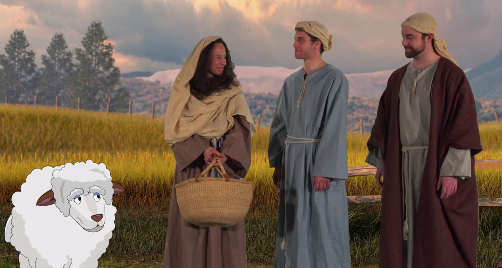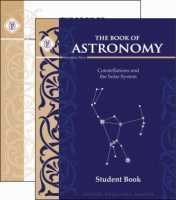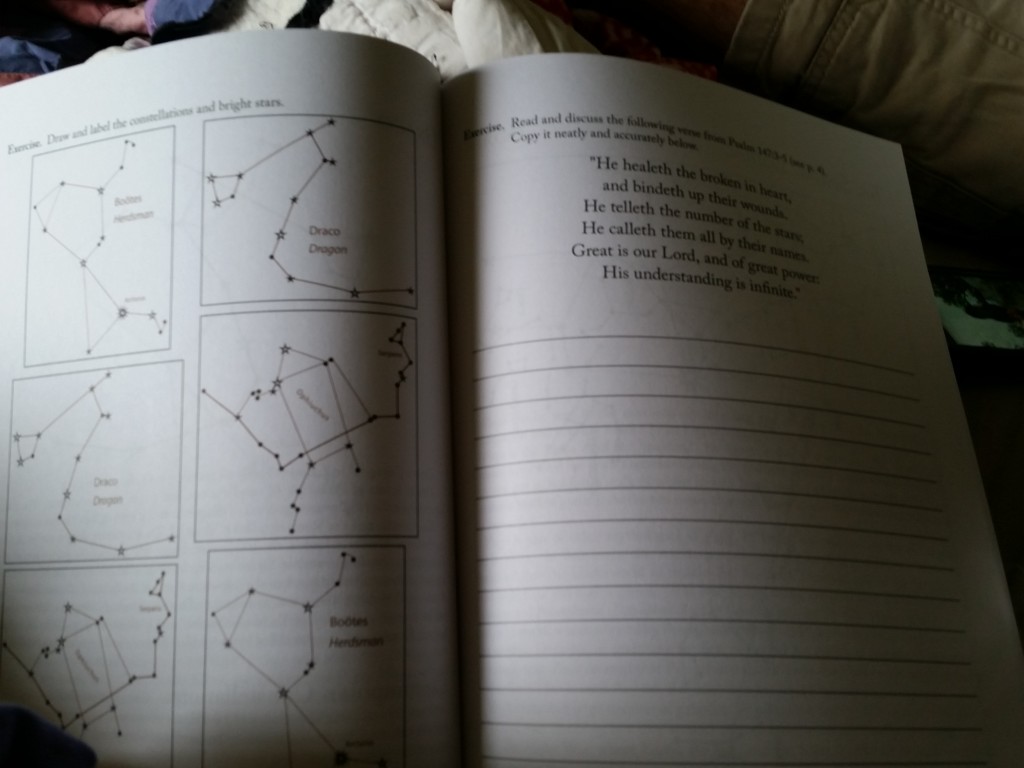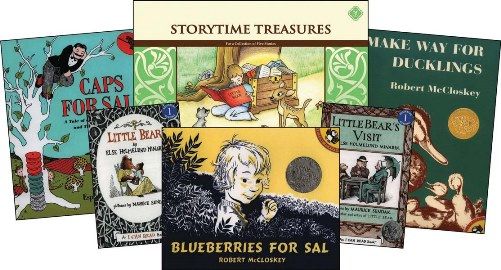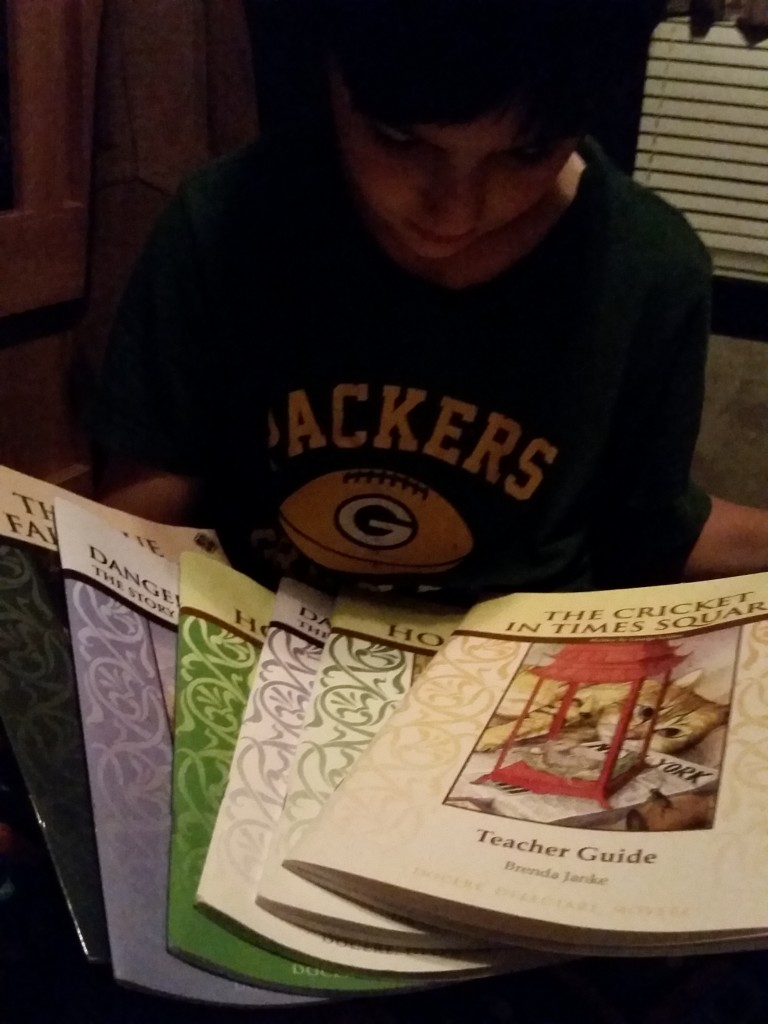Note: Veritas Press gave us a one-year family subscription to VeritasBible.com in exchange for this fair and honest review. It would be ironic, don’t you think, if I would be dishonest on a review about a Bible curriculum. Ha ha. Am I the only one who sees the irony there?
People ask us what Bible curriculum we use, and I usually answer, “God’s.” We read straight from the Bible and talk about it. It works for us.
But that doesn’t mean we’re the least bit opposed to other programs in addition to getting the goods straight from God’s Book. Veritas Press’ Veritas Bible program has been an excellent supplement for my children. I’ve even learned a few things and brushed up on some rusty information.
Veritas Press’ Bible program is an online subscription that takes you through various chunks of the Bible. You can enroll in one segment, or purchase access to all three for the whole family, which is what we have for the year. They currently offer these three segments:
- Genesis through Joshua
- Judges through 2 Kings
- The Gospels
The following are coming soon:
- Acts through Revelation
- 1 Chronicles through Malachi and Job
The sections cover 32 events from those portions of the Bible. The students are guided through the lessons by real life people in period clothing (or possibly there was some time travel involved in the filming). They chat with the student and banter with each other.
My prudish side didn’t always like the bantering, like when the siblings were bickering, but my laid-back rough-around-the-edges side thought, “Ha, good one! I’ll have to remember that line for when I see my brothers.”
The videos move into animated lessons, with each collection introducing the kids to different animated friends–like a big ol’ gnat. Every kid loves a big ol’ gnat, right? Wink.
They then offer games and challenges for the kids to do to reinforce the lessons. The games might just make this the most exciting way to learn the Bible. See:
If you read it online, it must be true!
Seriously, the games do a good job of reinforcing what was learned, and it does make it fun for the kids. They’re not those horribly obnoxious loud video game type annoyances either…although they are, technically, video games.
One issue I have with all children’s Bible programs is the lack of realism, which sometimes makes Bible truths look like fairy tales–can you say cutesie little arks? Of course, children might be scarred by a video of hundreds of thousands of dead bloated bodies floating in the water, so…there’s that consideration. There must be a balance. The live people help to get across the idea that the Bible is real, and I don’t think the cartoons negate that.
What we did:
I used this program with three of my kids:
- Elijah who is 10
- Rebecca who is 7
- Eliana who is 4 (I’m four and a half, Mommy.) Eliana who is four and a half
Elijah flies through lessons with no assistance whatsoever. He is completely independent, and is doing all three sections at the same time. The course keeps track of where he is so I can check in.
Rebecca needs minimal assistance, usually merely a matter of our rebellious internet connection. Unless she has a problem, she’s completely independent as well. She’s working through the Genesis through Joshua section.
Eliana needs hands-on help. She can’t read, so the challenges and quizzes require guidance. If someone is willing to help her, she can do them, but she’s really better off doing the program with someone else. She is also working through Genesis, but isn’t moving very quickly…but that’s how we roll…slo-o-o-o-o-o-wly.
The kids are retaining what they’ve learned, asking to do their lessons, and enjoying the process. I’m pleased.
Additional thoughts for my fellow roadschoolers:
I’d love to recommend this for roadschoolers, but it is highly situational. As you know, the roadschoolers two main considerations are…you guessed it…space and internet connection.
Space
Because this is entirely online, it takes up no space whatsoever, as long as you have the necessary electronic device to use it. If you’re reading this, you have the device, I’m guessing.
Internet connection
Here’s the rub. Some of you have great internet set-ups; others, not so much. We are not so much and sometimes we are not at all. This was a pretty big issue with this program. Sometimes it wouldn’t work at all with a slow connection, and other times it would alert us to the slow connection and work slowly, or at least switch screens slowly. When we had a good to great, this program was a delight; when we had a sub-par connection, it was frustrating for the kids.
One benefit is that when we would completely lose a connection and have to quit, the program saved our progress for the most part. That was nice. Elijah experienced some repetitions, which got dull, but when I worked with Eliana, we didn’t have that problem too often.
So consider this a situational recommendation. Remember, we are in a new place every 2-3 days and usually hooked up to church, RV park, or state park wi-fi. Your situation is almost definitely different than ours. For example, I have some great pictures of my kids using this program, but I can’t get them “down” from “the cloud,” because I have a not-quite-good-enough internet connection where we are this week. See what I mean? Of course you do. So make that judgment for yourself–if you can stream videos without frustration, you should be A-OK with this nifty Bible program.
Honestly, the best thing you can do is hop on over to their site and give the free trial a go.
Connect with Veritas Press at their social media links:
Facebook: https://www.facebook.com/veritaspress/
Pinterest: https://www.pinterest.com/veritaspress/
Instagram: https://www.instagram.com/veritaspress/
Twitter: https://twitter.com/veritaspress @VeritasPress
Click on the banner below to see what other homeschoolers from the Schoolhouse Review Crew think:

